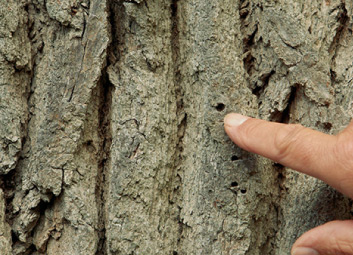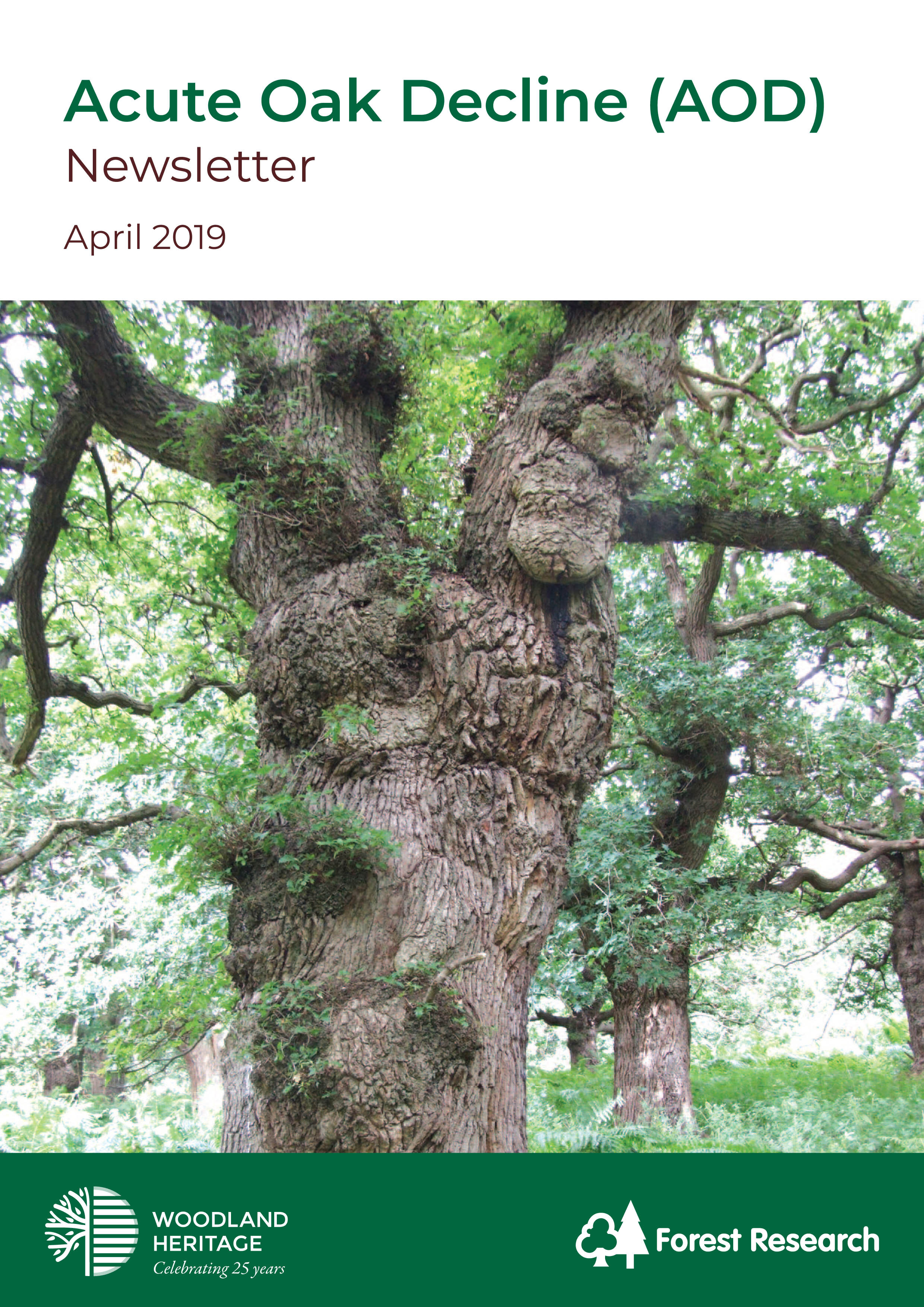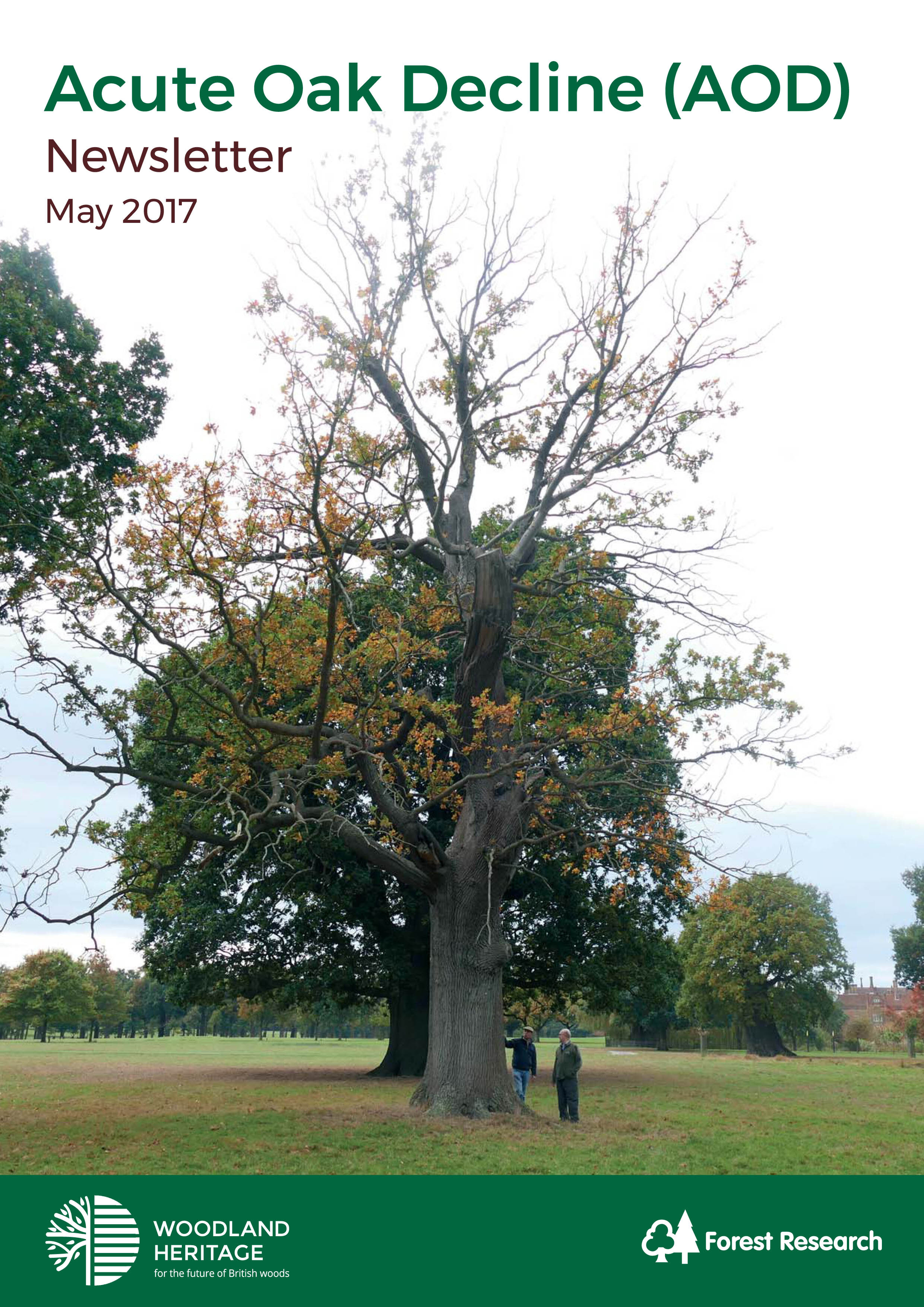Background
Woodland Heritage’s Chairman of Trustees, Lewis Scott said: “As with so much linking Woodland Heritage with the challenge of Acute Oak Decline, and developing management strategies to protect our oak, this film was the brainchild of the charity’s past Chairman and fellow Co-Founder of Woodland Heritage, Peter Goodwin. From the moment that Peter became aware of the threat that AOD posed to his beloved oak tree, now a decade or so ago, Peter headed a relentless campaign to highlight the risks and raise funds to help support research into understanding the causes and managing the problem. He was always the first to promote what could and should be done to reduce the threats; he was always focused on acting and not talking, with the results showing themselves so clearly in this inspirational film”.
The story told in ‘Saving our Oak’ is one of partnerships and collaboration towards a shared objective. Peter used his energy and vision to highlight the plight of the oak and to persuade donors to help this wonderful, iconic tree have a more secure future. But he left the science to Forest Research to co-ordinate, carry out and direct, always working with Dr Sandra Denman, who had shared Peter’s concerns about AOD from the outset.
“Combining the expertise and resources at Forest Research with new ones that we were able to harness at universities and research organisations thanks to the money that Peter secured, this has been such an inspirational example of a private-public partnership working to great effect”, said Dr Sandra Denman. “The special opportunity that the charitable funding afforded us was to be nimble in response to research needs, able to widen our collective knowledge and better understand, and so manage this disease, in the future”.
Many of the scientists involved in the research are doctoral or post-doctoral researchers and their studies are showcased in the film using a holistic multi-disciplinary approach tackling topics as diverse as predisposition, soils, biogeochemistry, tree genetics and metabolomics, dendrochronology and chemical ecology, which are the factors that are increasingly recognised as contributing to the spread of AOD.
“It takes time and resource to carry out research that leads to greater scientific understanding and practical solutions, but the investment that Woodland Heritage and associated charities have made in this are starting to yield important results that are vital stepping stones to the solutions. Our future research programme lays out a path that we believe will help AOD to be further understood and better managed”, added Dr Denman.
Over £2m has been raised so far by Woodland Heritage towards research into AOD, but further studies to a value in excess of £1m are needed. To help these get underway, donations are being sought towards Woodland Heritage’s AOD Appeal and can be made above.
To find out more about AOD research, please read the newsletters below:









